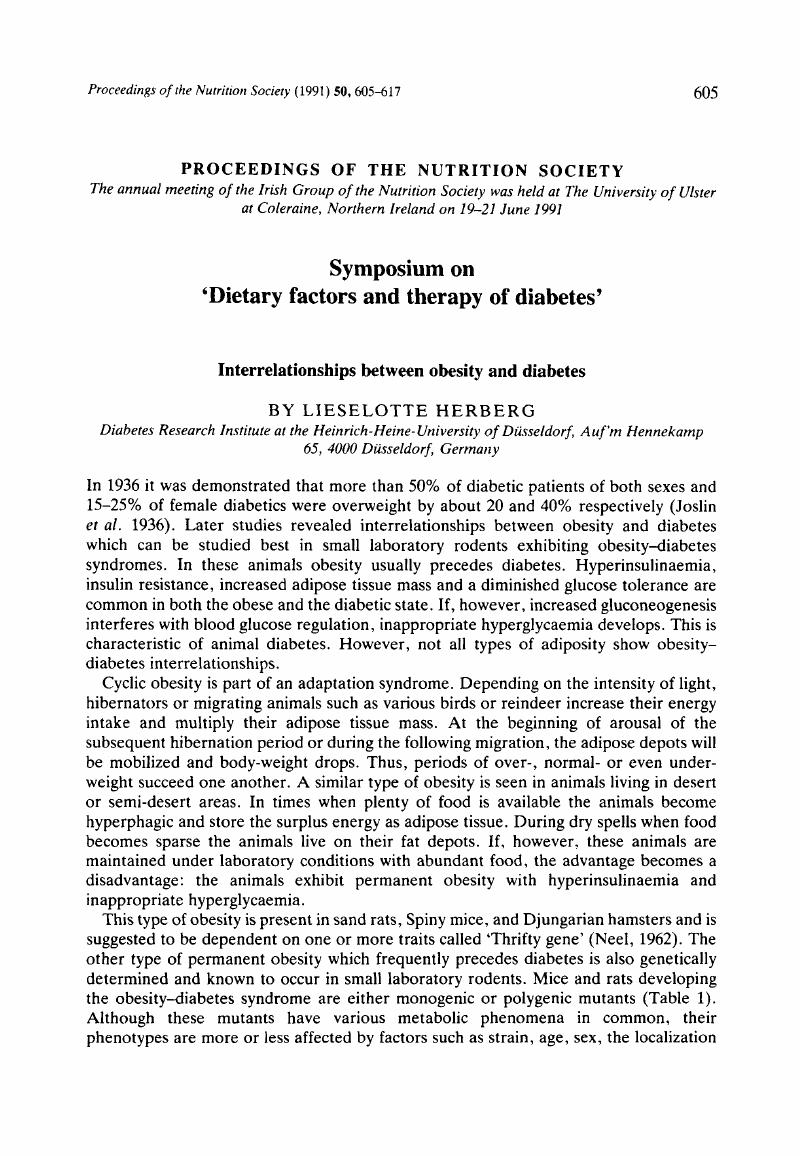Crossref Citations
This article has been cited by the following publications. This list is generated based on data provided by Crossref.
Ihle, Sherri L.
1995.
Nutritional Therapy for Diabetes Mellitus.
Veterinary Clinics of North America: Small Animal Practice,
Vol. 25,
Issue. 3,
p.
585.
Geyer, Harald J.
Schramm, Karl-Werner
Scheunert, Irene
Schughart, Klaus
Buters, Jeroen
Wurst, Wolfgang
Greim, Helmut
Kluge, Reinhart
Steinberg, Christian E.W.
Kettrup, Antonius
Madhukar, Burra
Olson, James R.
and
Gallo, Michael A.
1997.
Considerations on Genetic and Environmental Factors That Contribute to Resistance or Sensitivity of Mammals Including Humans to Toxicity of 2,3,7,8-Tetrachlorodibenzo-p-dioxin (TCDD) and Related Compounds.
Ecotoxicology and Environmental Safety,
Vol. 36,
Issue. 3,
p.
213.
Curfs, Jo
Chwalibog, André
Savenije, Bart
and
Ritskes-Hoitinga, Merel
2010.
Handbook of Laboratory Animal Science, Volume I, Third Edition.
p.
307.
Bennett, Melissa K.
Wallington-Beddoe, Craig T.
and
Pitson, Stuart M.
2019.
Sphingolipids and the unfolded protein response.
Biochimica et Biophysica Acta (BBA) - Molecular and Cell Biology of Lipids,
Vol. 1864,
Issue. 10,
p.
1483.





